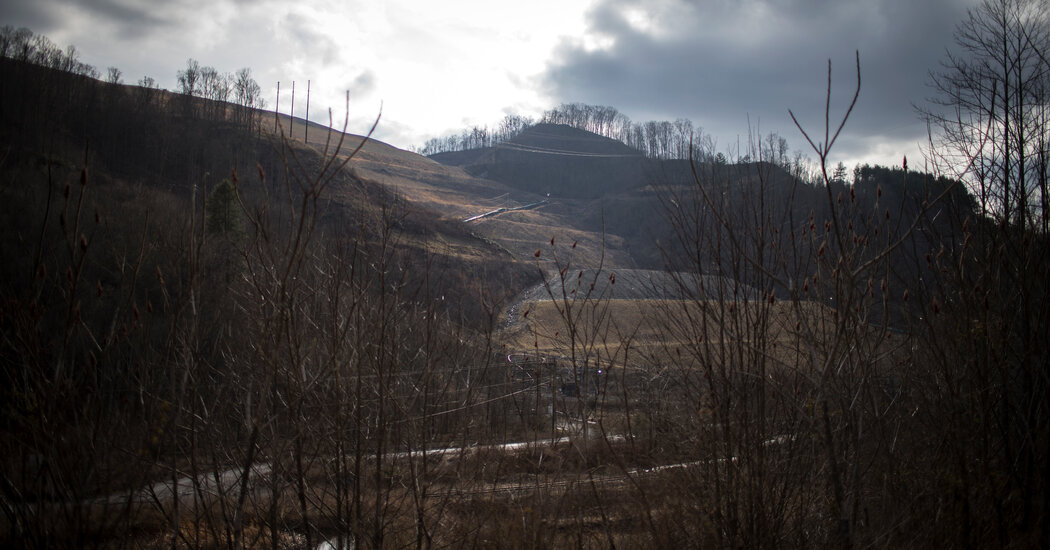
Mr. Manchin on Sunday argued that “the energy transition my colleagues seek is already well underway,” as the price of wind and solar energy drops, easing the utility and transportation sectors away from oil, gas and coal. But scientists say the pace must happen much more quickly if the world is to stave off the most catastrophic impacts from climate change and that’s what the incentives in the bill were designed to achieve.
“These were exactly the same arguments he made when he opposed the clean electricity plan yet now he’s using them to oppose what are just sensible clean energy tax credits,” Ms. Smith said. She called them “wrong” on both counts.
In some sense, the current standoff between most Democrats and Mr. Manchin is a drama foretold. In 2018, when the ranking Democrat on the Senate Energy and Natural Resources Committee, Maria Cantwell of Washington, used her seniority to jump to the top of the Senate Commerce Committee, environmentalist Democrats pleaded with the next most senior liberal, Senator Bernie Sanders of Vermont, to take the gavel — and keep it from Mr. Manchin. But Mr. Sanders, an independent with national ambitions, chose instead to take the top post on the Senate Budget Committee. That, under strict rules of seniority, left the energy committee open for Mr. Manchin’s taking. As chairman, Mr. Manchin was responsible for writing several of the climate provisions in the Senate’s version of the Build Back Better Act.
Democrats said Monday they are just starting to discuss how to salvage the bill’s climate change provisions.
Senator Brian Schatz, Democrat of Hawaii, said he could see some parts, like the clean energy incentives, moving in smaller “chunks.”
“There’s a lot of conversation about the politics of this, and what it means for the specific bill,” Mr. Schatz said. “But I feel like the fundamentals are in our favor on the climate side.”
“The science is more ruthless than the politics, and on climate there’s broad agreement that we have to do something big and bold,” he said.



